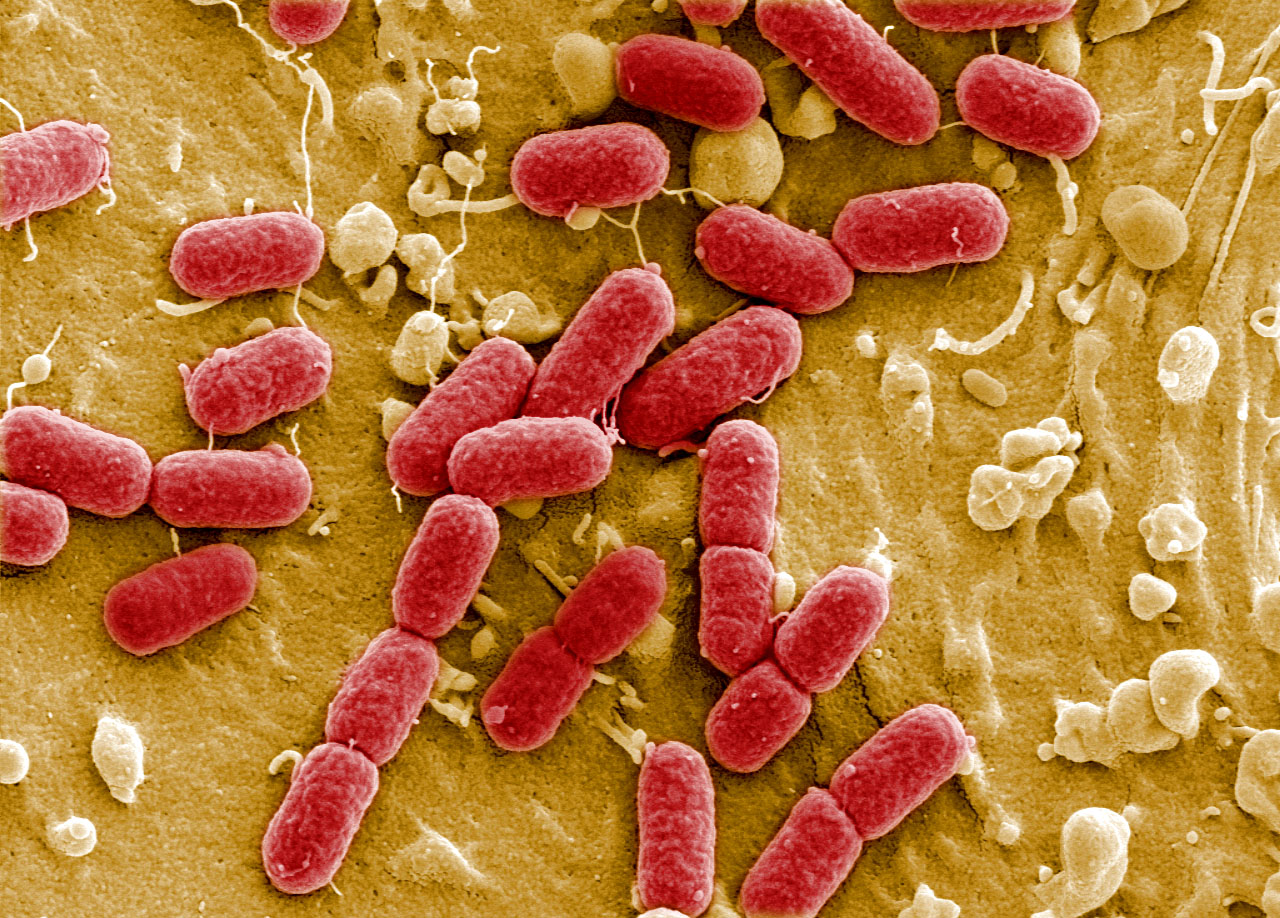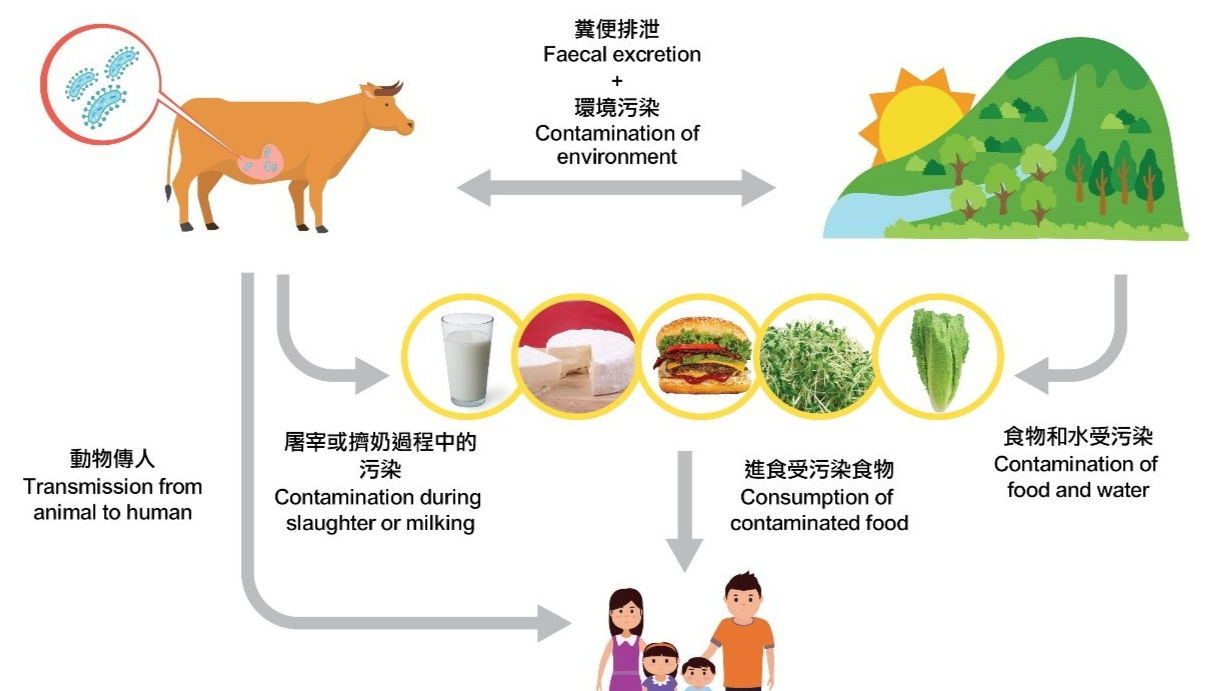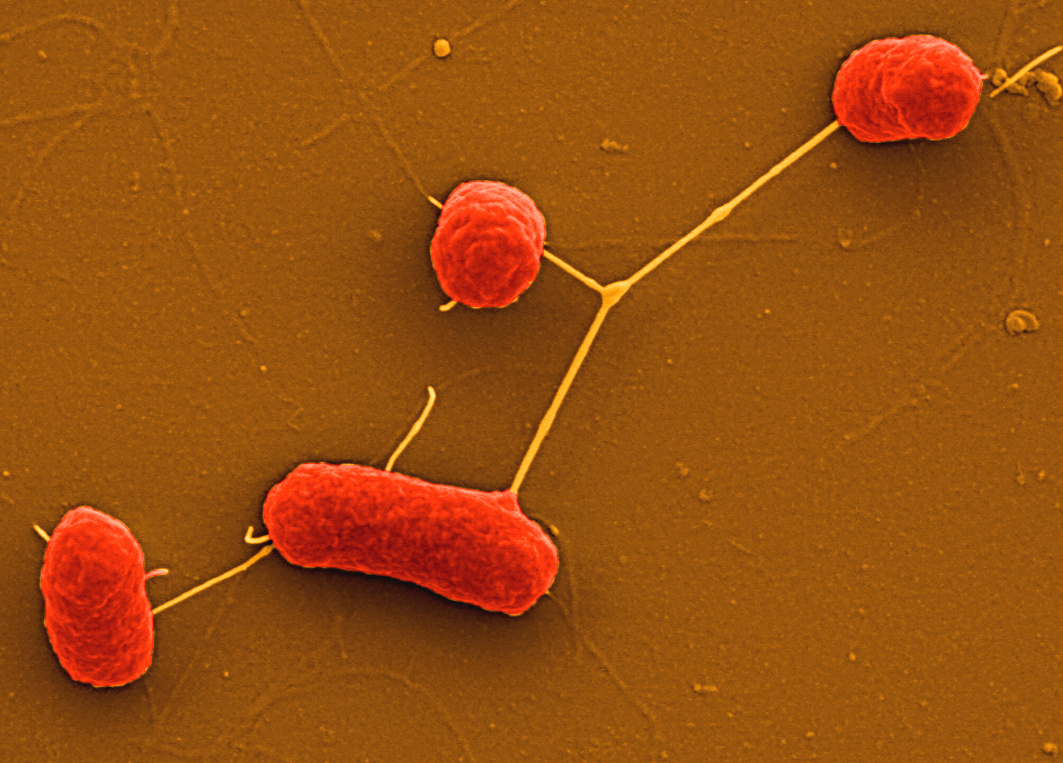
China Daily’s new project “Make it Simple” explores the hottest topics in Hong Kong, going beyond the headlines. In our fourth episode, we delve into Shiga toxin-producing Escherichia coli (STEC) infection, which is being linked to the death of a young oncologist in Princess Margaret Hospital last week.
ALSO READ: Expert: E. coli infection among doctors at HK hospital ‘unlikely to spread widely’
What is STEC infection?
• Causative agent: Escherichia coli (E. coli) is a type of bacteria that lives in the intestines of humans and animals.
• Most strains of E. coli are harmless. But some strains, such as STEC, can produce powerful toxins and cause severe foodborne disease.
• STEC infections are rare in Hong Kong, with an average of three reported cases per year.
READ MORE: CDC: Carrots linked to one US death, 39 cases of illness from E. coli
How does it spread?
STEC are mainly spread through the following pathways:
• Food Contamination: Eating undercooked meat (especially ground beef), unpasteurized dairy products, or contaminated raw vegetables and fruit.
• Water Source Contamination: Drinking or coming into contact with water sources contaminated by animal feces.
• Person-to-Person Transmission: Through contact with the feces of an infected person (such as not washing hands thoroughly after changing diapers) or touching contaminated surfaces.
• Direct contact: Direct contact with farm animals or their environment is also an important risk factor

READ MORE: CDC: Over 100 reported sick in US due to McDonald's E. coli outbreak
Symptoms to monitor?
Symptoms typically show up three to four days post exposure and may include:
• Severe stomach cramps
• Diarrhea (often bloody)
• Fever
• Vomiting
• Some individuals may develop a type of kidney failure called hemolytic uremic syndrome (HUS), which requires immediate medical attention.
READ MORE: Onions served at McDonald's are likely source of E. coli outbreak in US, CDC says
Prevention tips?
• Cook Thoroughly: Ensure all meat, especially ground beef, is cooked to a safe internal temperature.
• Practice Good Hygiene: Wash hands thoroughly after using the bathroom, changing diapers, and before preparing or eating food.
• Avoid Raw Milk: Stick to pasteurized dairy products to avoid contamination.
• Wash Produce: Rinse fruit and vegetables under running water before eating, cutting, or cooking.

Take note:
• People of any age can be infected by STEC.
• Consult doctor immediately after having gastrointestinal symptoms that may be STEC infection, particularly bloody diarrhea.
• Do not self-medicate with antibiotics as treatment.
Sources: The Center for Health Protection and experts' views, found by Stephy Zhang.



